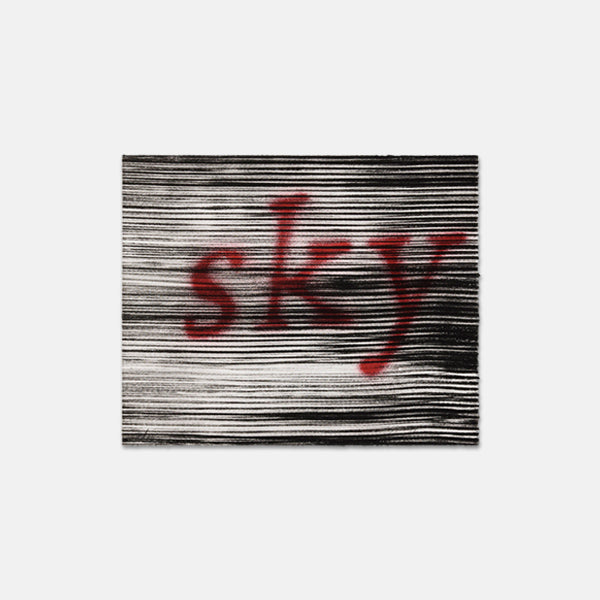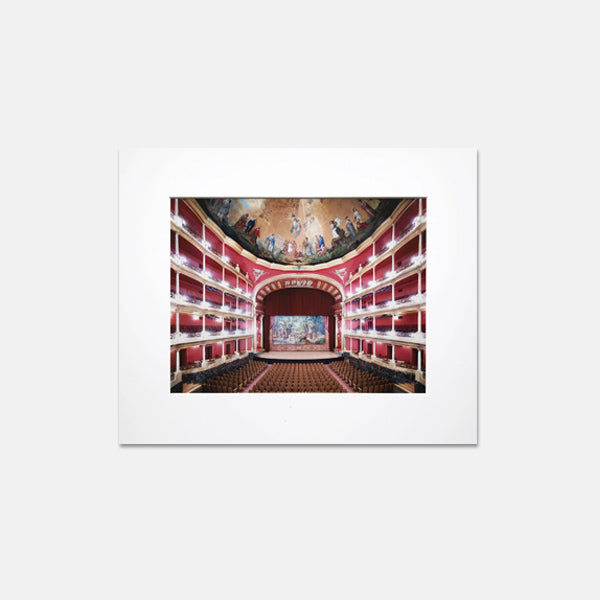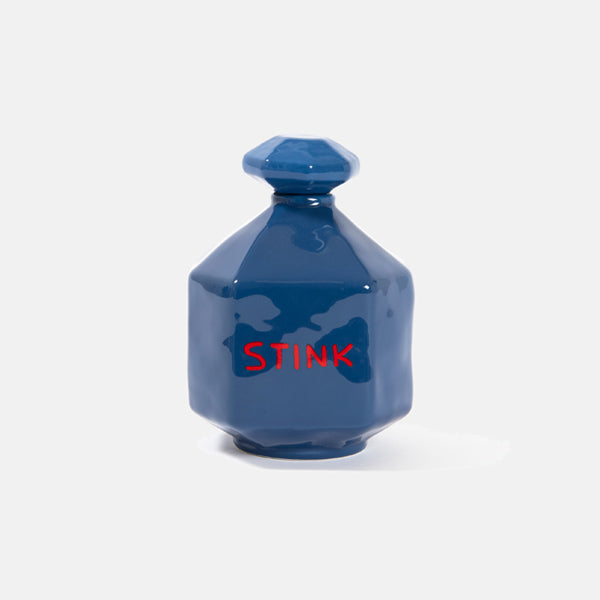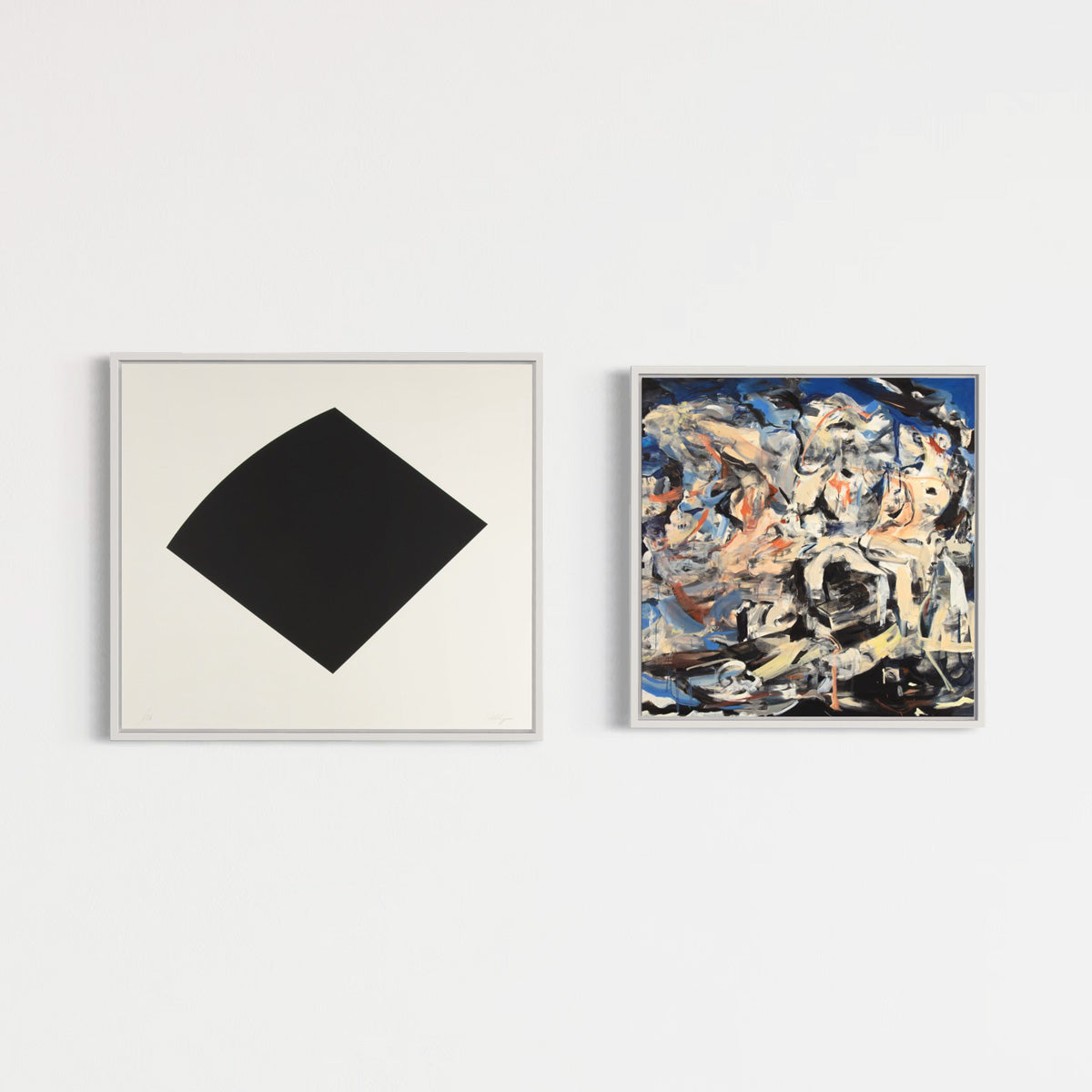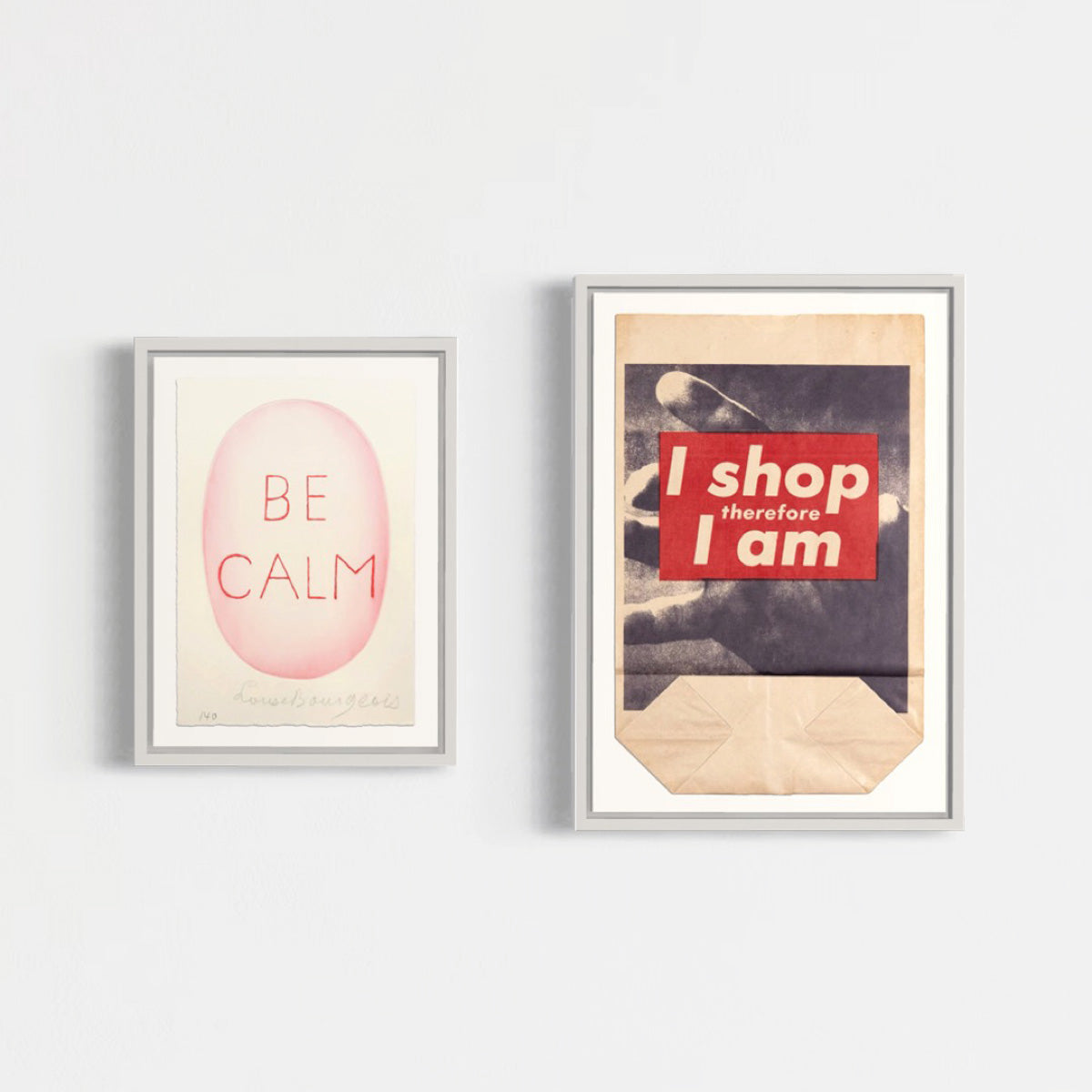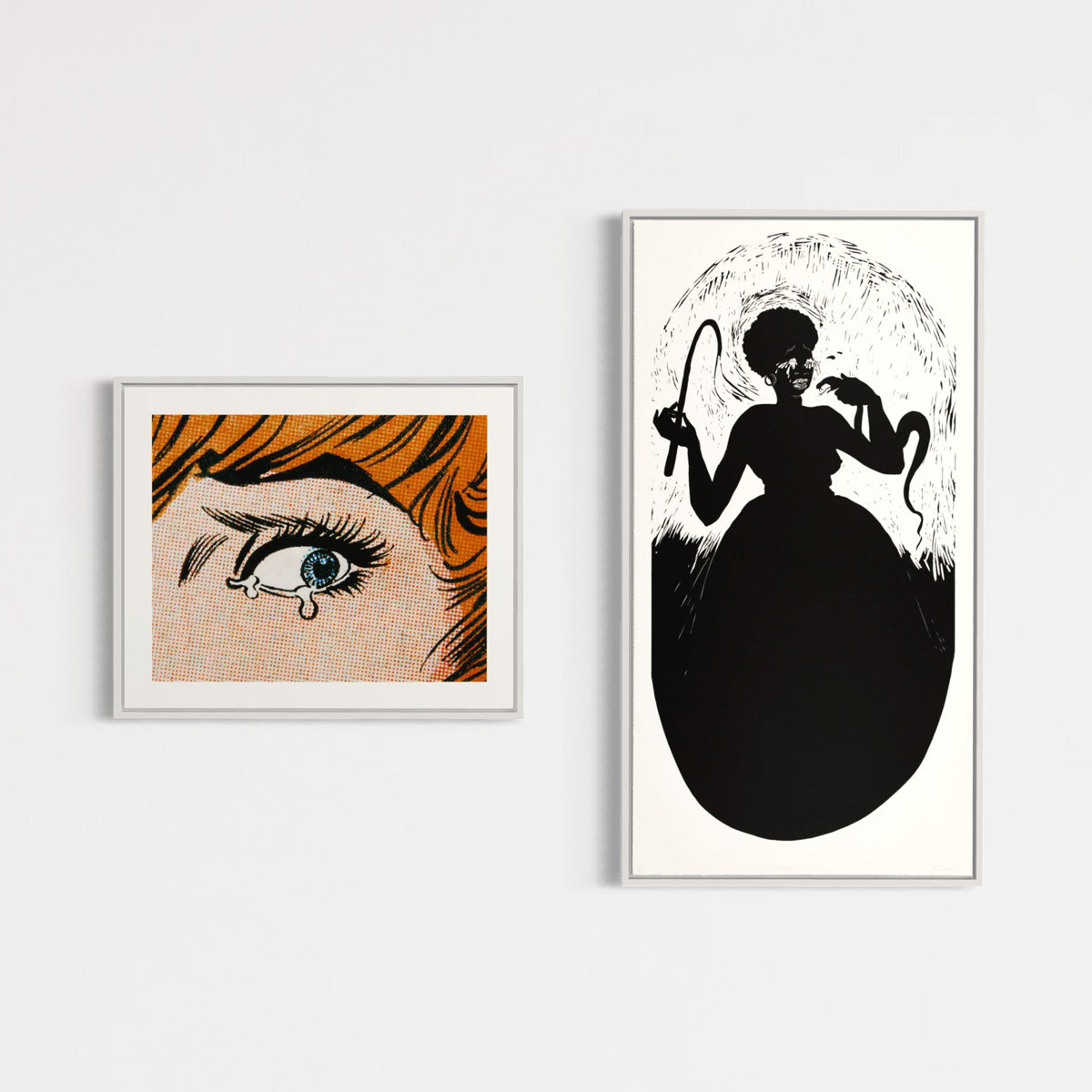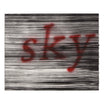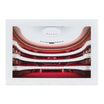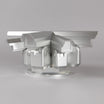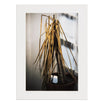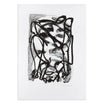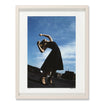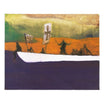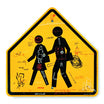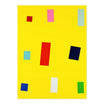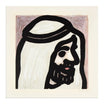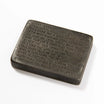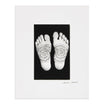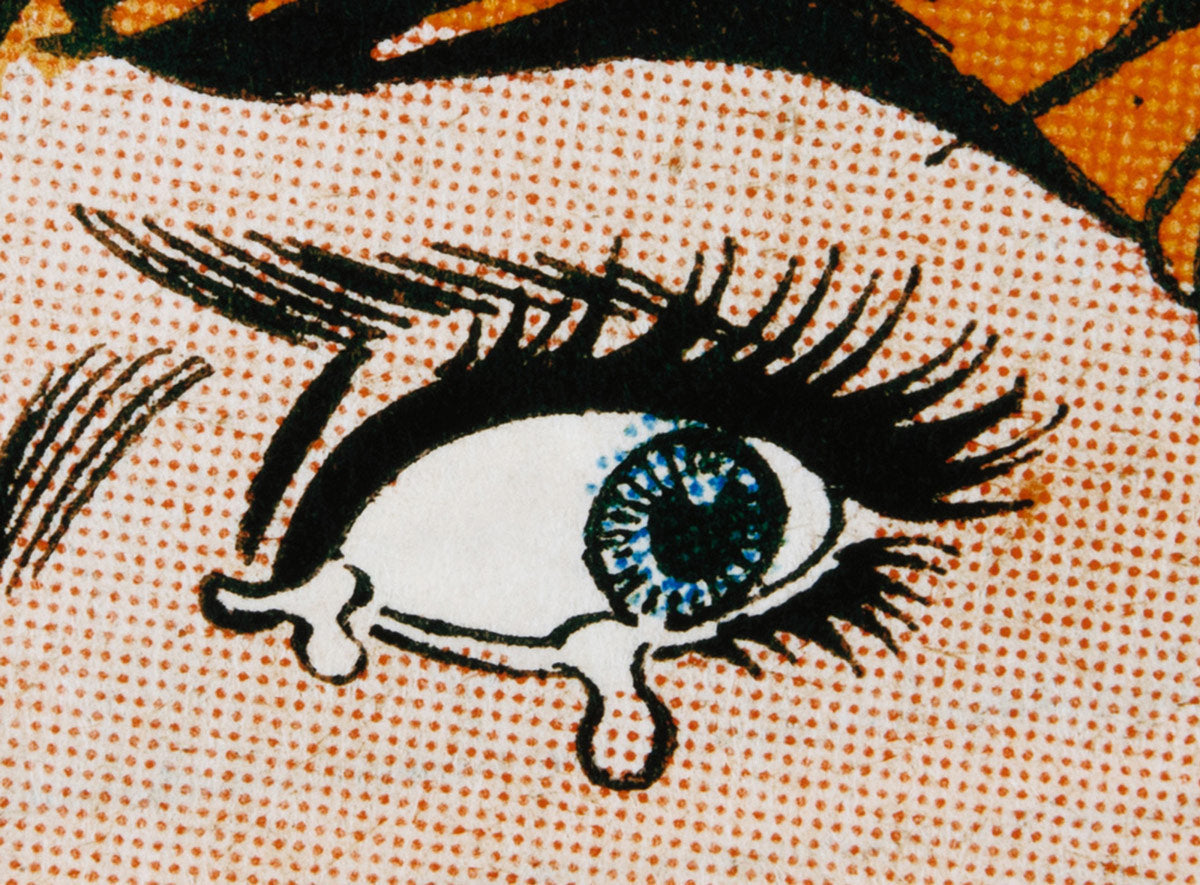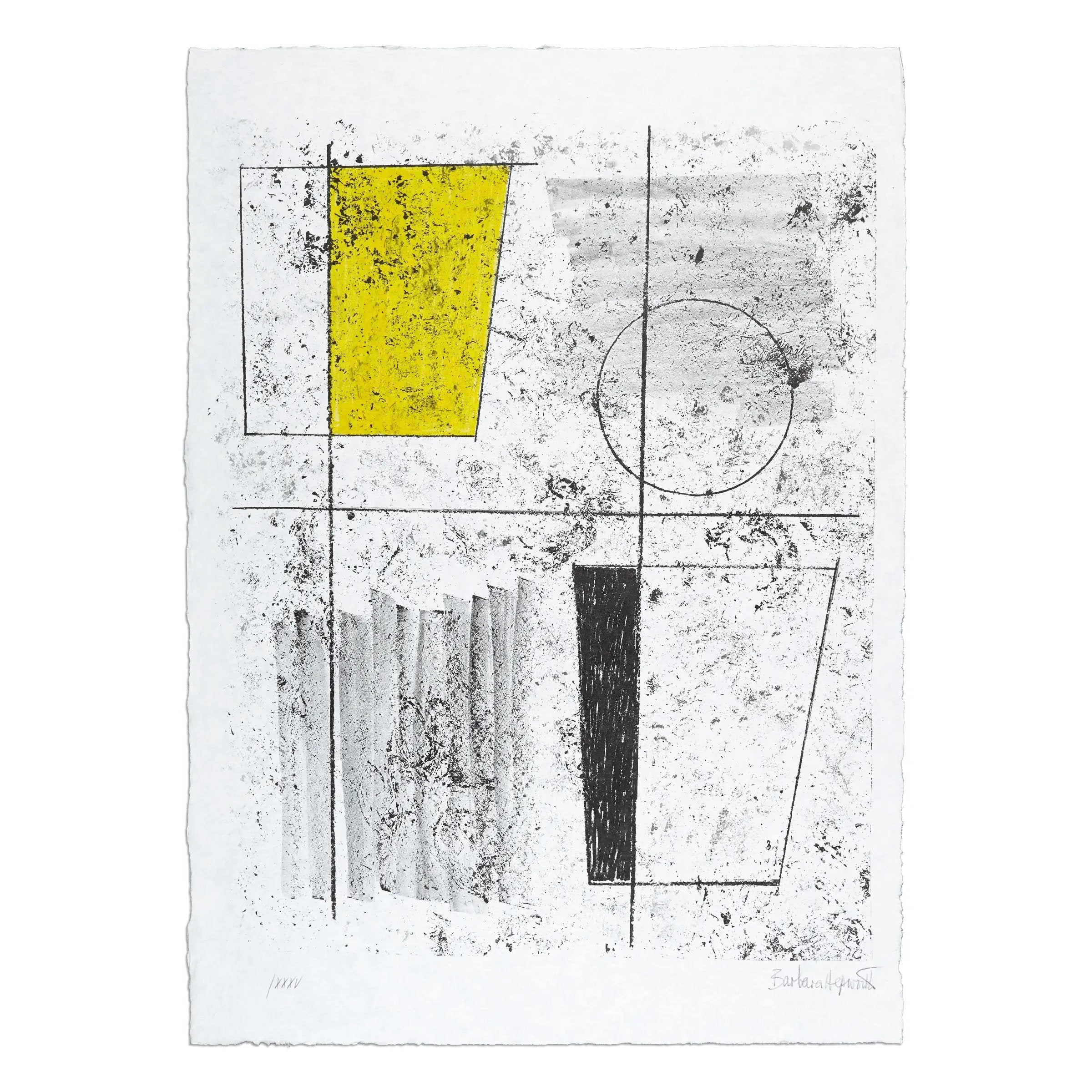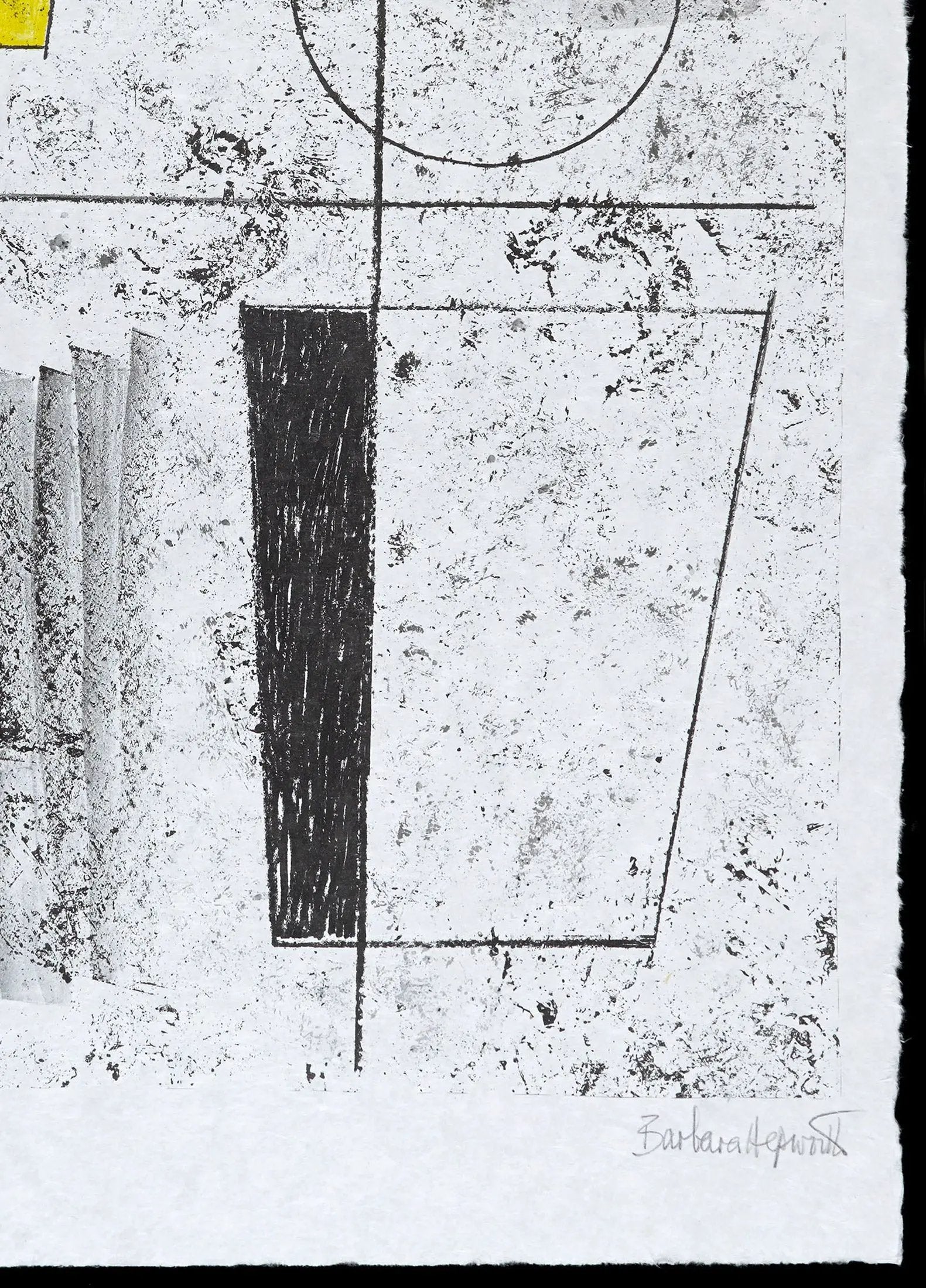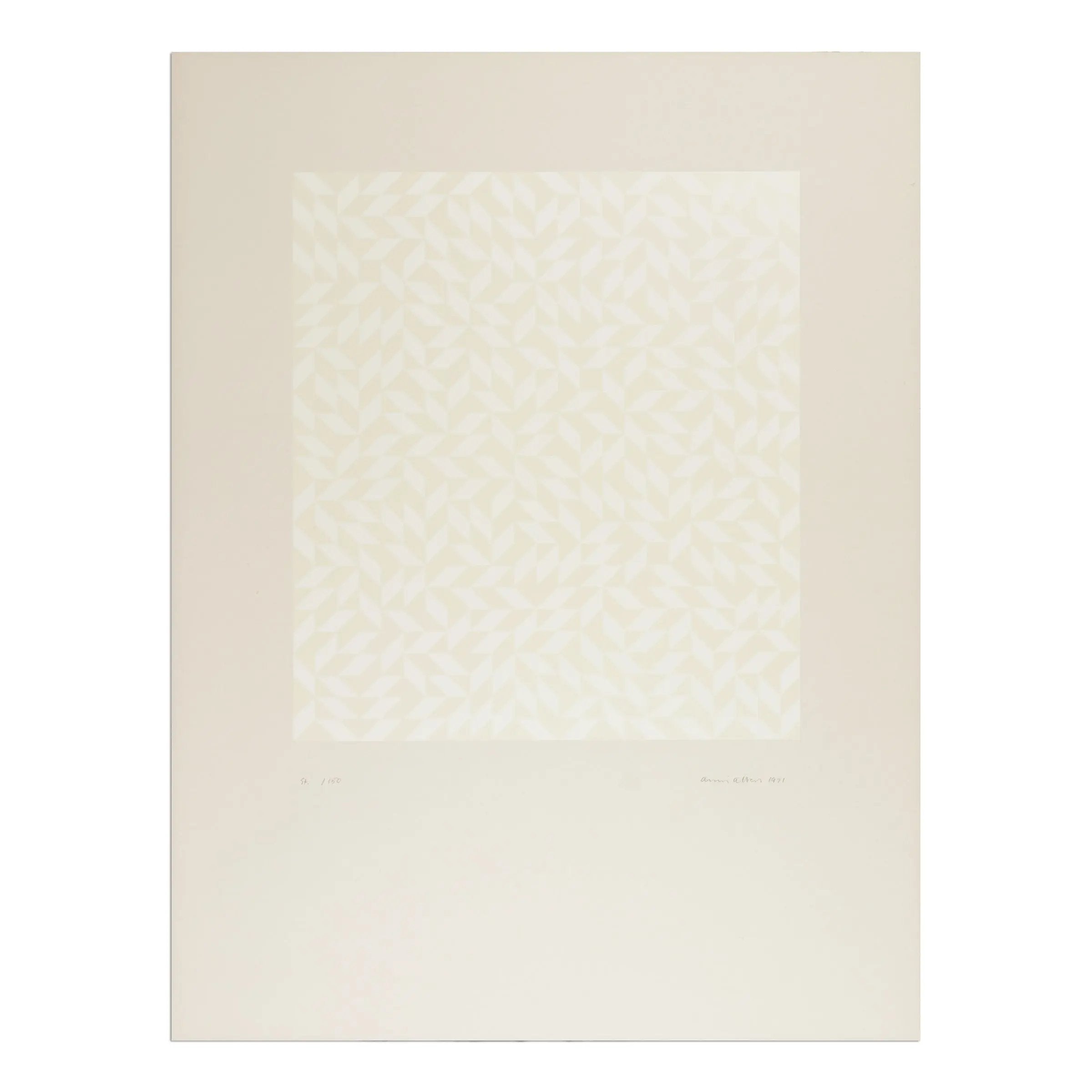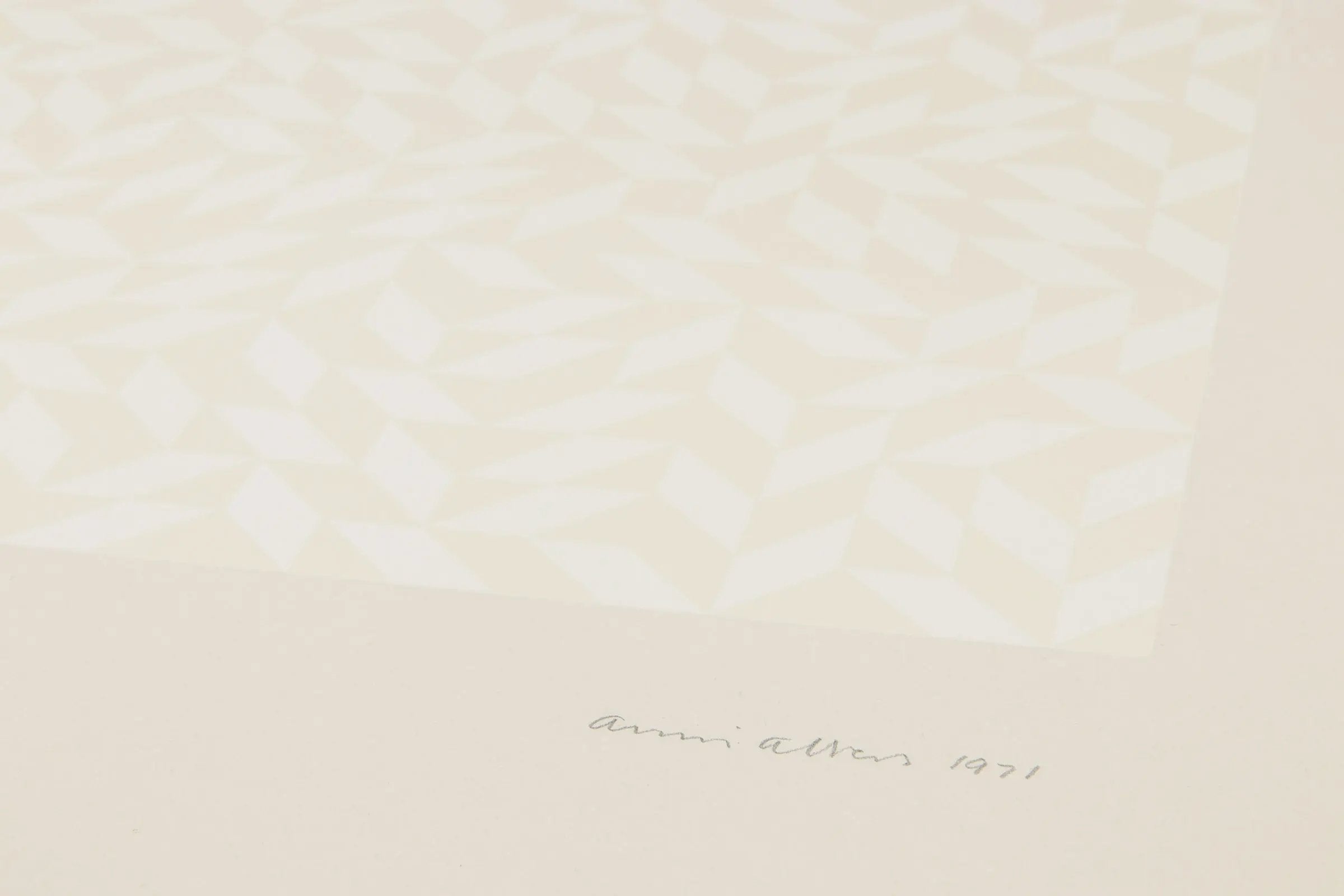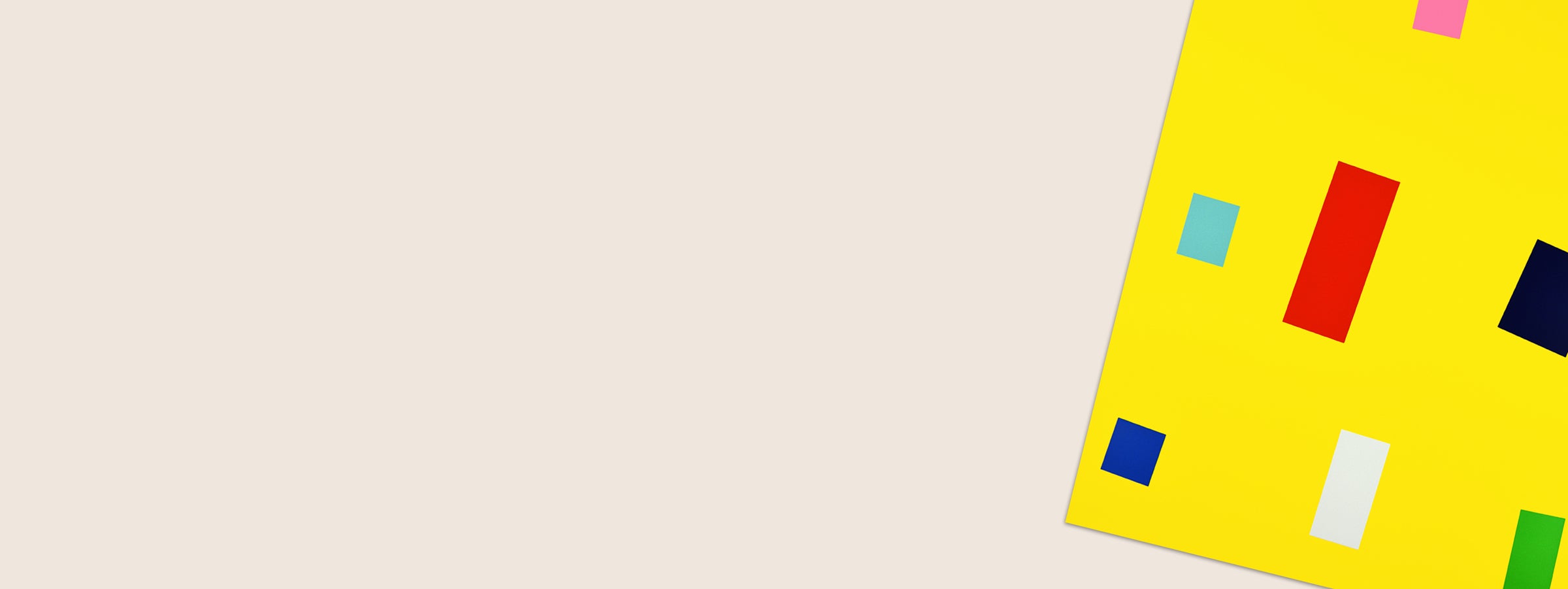
Geometric Abstraction
Buy geometric abstract art prints by postwar and contemporary artists
Filters
50 products
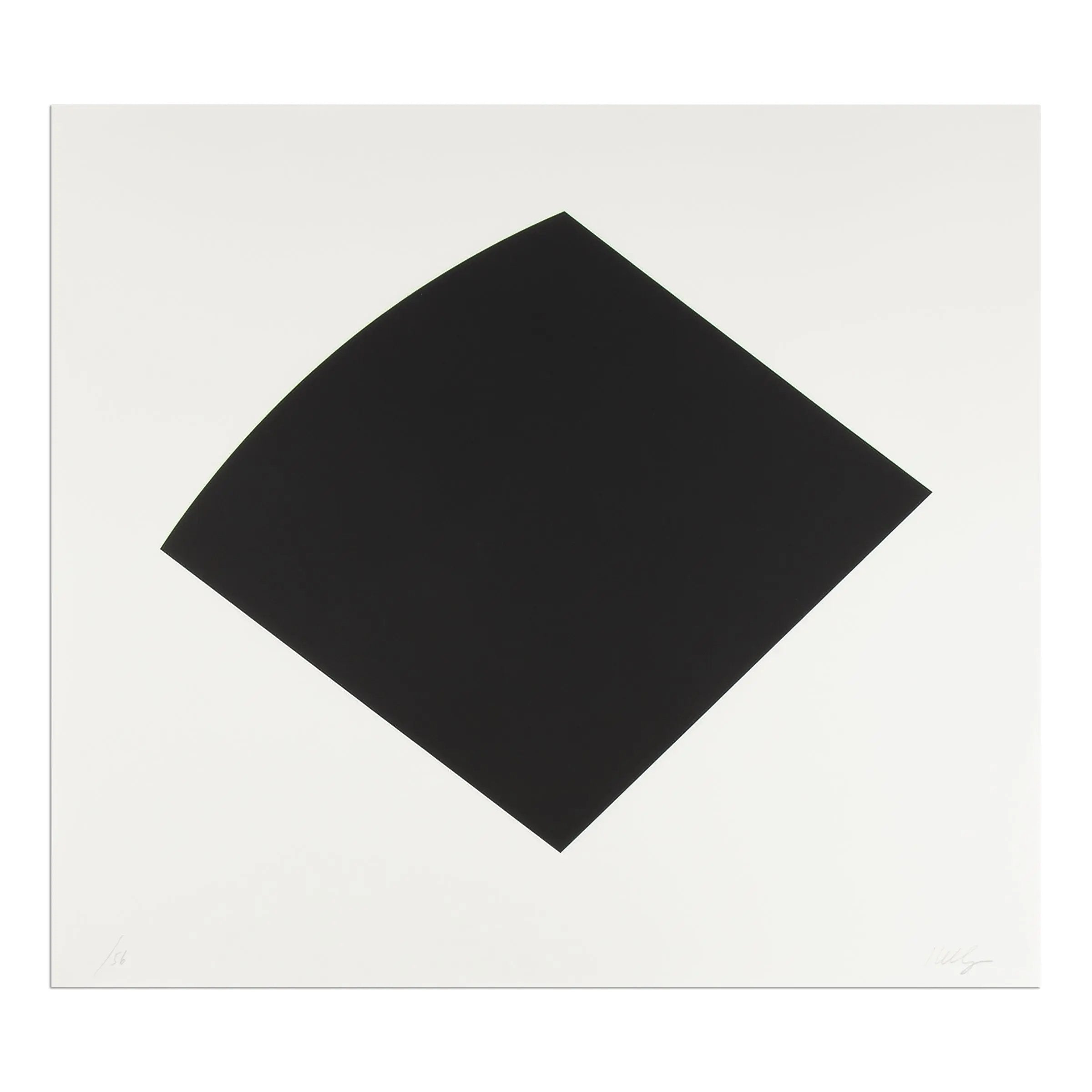
Geometric Abstraction is a pivotal movement within the broader realm of modern art, characterized by its stark use of geometric forms and vibrant exploration of color and composition. Emerging in the early 20th century, this style is defined by its reduction of visual components to simple geometric elements and the abstraction of natural forms into structured, often symmetrical configurations. It stands in contrast to the emotionally charged movements of expressionism, focusing instead on intellectual rigor and a disciplined adherence to formal structure. Geometric art distills the complexities of reality into minimalist forms, aiming to evoke a range of responses through the purity of shape and line.
The movement draws on several intellectual traditions, including mathematics and philosophy, influencing its precision and methodical approach to composition. This form of abstraction is associated with a variety of cultural movements but is particularly noted for its development alongside modernist ideas, which embraced technological advancement and sought new ways to communicate the changing realities of the 20th century. Geometric abstract art is not just a style but an artistic endeavor to represent the world through a lens of geometric reduction and abstraction, making it a unique blend of art, science, and philosophy.
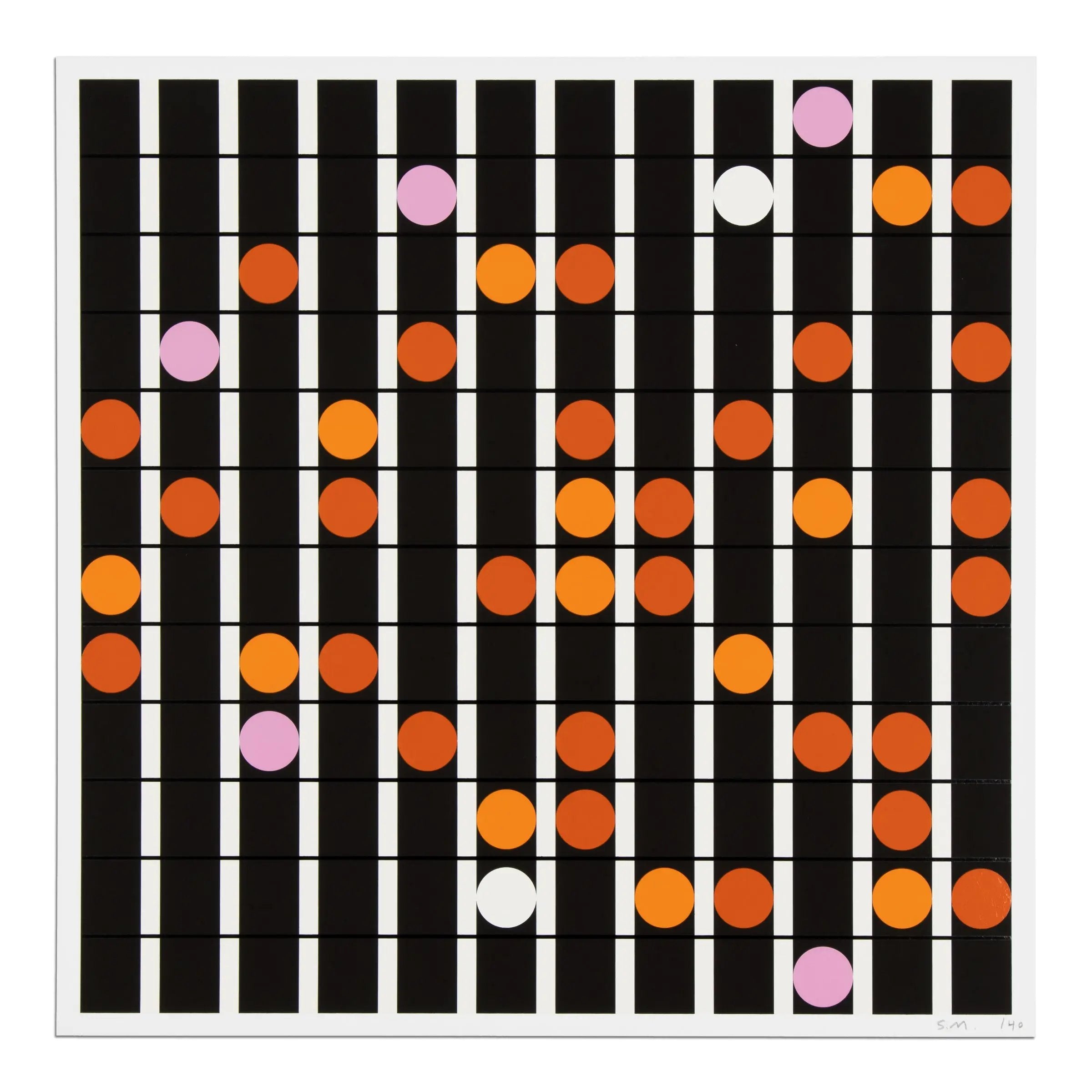
Among the luminaries of geometric abstract art, figures such as Ellsworth Kelly, Carmen Herrera, Günter Fruhtrunk, Sol LeWitt, and Sarah Morris stand out for their distinctive contributions. Ellsworth Kelly is celebrated for his bold monochromes, defined minimalistic shapes and the spatial relationship between forms and background. His artworks challenge the viewer’s perception of depth and color interaction, making him a pivotal figure in the exploration of geometric abstraction.
Carmen Herrera, although lesser-known for much of her career, has gained recognition for her precise geometric paintings that explore the interaction between two colors, often using asymmetrical compositions that seem to defy the boundaries of the canvas. Her paintings and prints exemplify the meticulous nature and impactful simplicity of geometric abstraction.
Günter Fruhtrunk, a key figure in post-war European abstraction, infused geometric painting with rhythmic precision and optical intensity. Drawing on Constructivist and Op Art influences, he developed a distinct visual language of diagonal stripes and vibrant color contrasts that energized the flat surface. His work bridged rigorous structure with perceptual dynamism, marking a unique contribution to geometric abstraction in both painting and printmaking.
Sol LeWitt’s contributions to geometric abstraction lie in his conceptual approach to art-making. His wall drawings, prints and structures use a set of guidelines executed by others, emphasizing the idea over the craftsmanship. This method was radical in demonstrating the separation between conception and execution in the art process.
Lastly, Sarah Morris is known for her large-scale artworks that reflect architectural and cityscape motifs through a geometric lens. Her use of bright, often contrasting colors and engaging patterns speaks to the dynamic nature of urban life and contemporary society’s complexities.
Together, these artists illustrate the depth and diversity of geometric art, each bringing their unique perspective to the interplay between color, form, and space. Their collective work has not only advanced the field of geometric abstraction but also influenced the broader trajectory of modern and contemporary art.
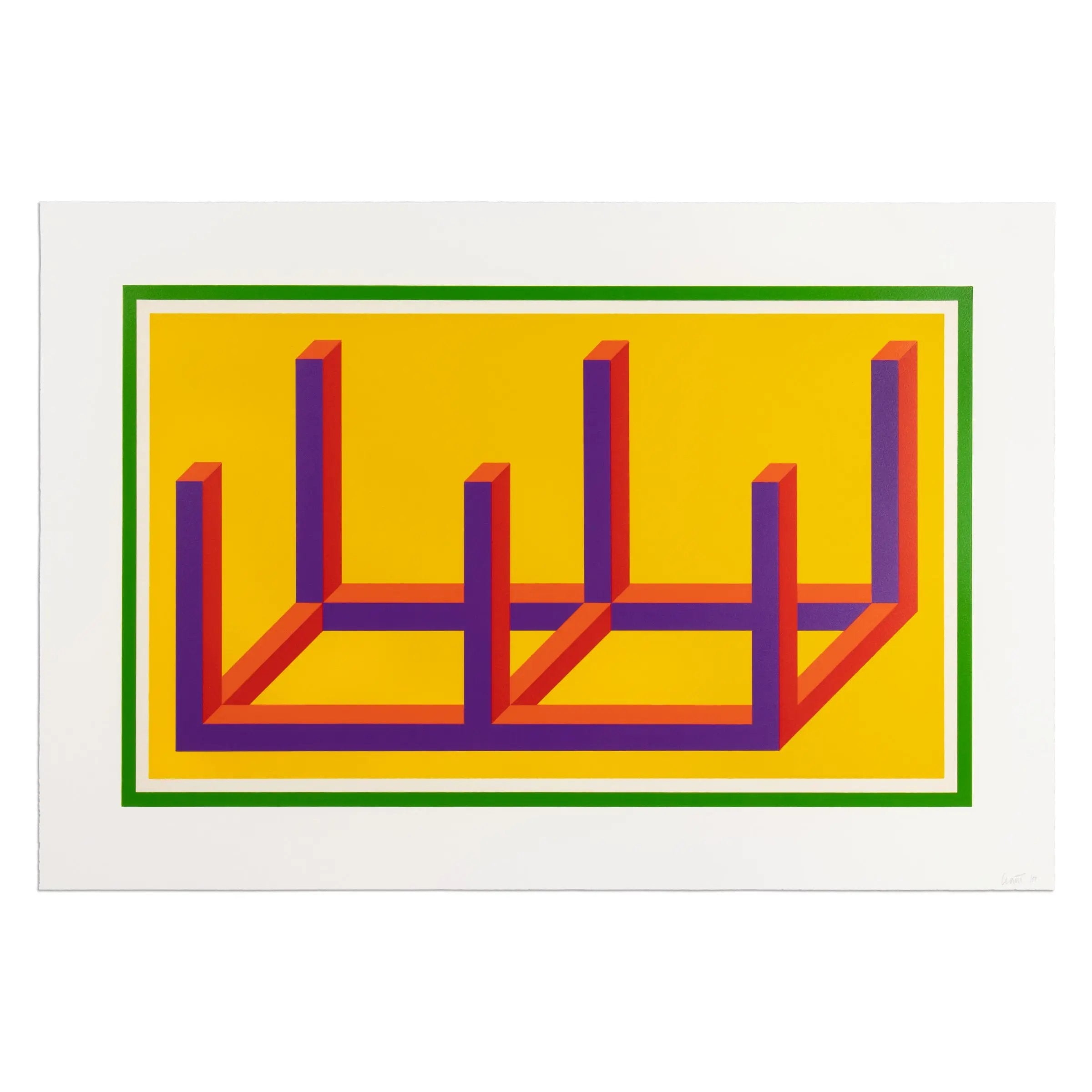
The role of printmaking in geometric abstraction cannot be overstated. The creation of limited edition prints has been a crucial medium for disseminating the principles of geometric art. The precision and repeatability of printmaking techniques like screen prints, lithographs, and etchings are ideally suited to the needs of geometric abstraction. These methods allow artists to experiment with color variations and complex patterns without sacrificing the exactitude required by geometric compositions. Moreover, print creation has enabled geometric abstract artists to produce artworks in series, offering variations on a theme while maintaining a cohesive aesthetic. This is particularly effective in geometric abstraction, where the subtle changes in form or color between prints can offer new visual experiences within the same conceptual framework.
One of the leading abstract geometric artists, Frank Stella identified himself as a peintre-graveur, a term that underscores his dual mastery as a painter and printmaker. He viewed his printmaking as a parallel and equally important facet of his artistic practice, often using it to further explore and resolve formal concerns initially presented in his paintings. This interplay between painting and print was a defining characteristic of his oeuvre, where insights gained in one form directly influenced and enriched the other.
Similarly, Donald Judd, a pioneer of Minimalism, shifted his focus entirely away from painting to dedicate himself exclusively to sculpture and printmaking. In addition to exploring form and symmetry in his three-dimensional objects, Judd used his prints to experiment with color. This shift highlighted his interest in the spatial and conceptual potentials of creating objects and prints, emphasizing the seamless integration of color and form that became central to his minimalist aesthetic.
Limited edition prints, have played a significant role in making celebrated geometric abstract artworks accessible to a broader audience. By producing multiple originals, artists have been able to reach more viewers and collectors, further establishing geometric abstraction as a central mode of modern art. These prints are often prized for their meticulous craftsmanship and the ability to hold precise, clean lines and vibrant colors that are so characteristic of the genre.
Geometric Abstraction is a pivotal movement within the broader realm of modern art, characterized by its stark use of geometric forms and vibrant exploration of color and composition. Emerging in the early 20th century, this style is defined by its reduction of visual components to simple geometric elements and the abstraction of natural forms into structured, often symmetrical configurations. It stands in contrast to the emotionally charged movements of expressionism, focusing instead on intellectual rigor and a disciplined adherence to formal structure. Geometric art distills the complexities of reality into minimalist forms, aiming to evoke a range of responses through the purity of shape and line.
The movement draws on several intellectual traditions, including mathematics and philosophy, influencing its precision and methodical approach to composition. This form of abstraction is associated with a variety of cultural movements but is particularly noted for its development alongside modernist ideas, which embraced technological advancement and sought new ways to communicate the changing realities of the 20th century. Geometric abstract art is not just a style but an artistic endeavor to represent the world through a lens of geometric reduction and abstraction, making it a unique blend of art, science, and philosophy.
Among the luminaries of geometric abstract art, figures such as Ellsworth Kelly, Carmen Herrera, Günter Fruhtrunk, Sol LeWitt, and Sarah Morris stand out for their distinctive contributions. Ellsworth Kelly is celebrated for his bold monochromes, defined minimalistic shapes and the spatial relationship between forms and background. His artworks challenge the viewer’s perception of depth and color interaction, making him a pivotal figure in the exploration of geometric abstraction.
Carmen Herrera, although lesser-known for much of her career, has gained recognition for her precise geometric paintings that explore the interaction between two colors, often using asymmetrical compositions that seem to defy the boundaries of the canvas. Her paintings and prints exemplify the meticulous nature and impactful simplicity of geometric abstraction.
Günter Fruhtrunk, a key figure in post-war European abstraction, infused geometric painting with rhythmic precision and optical intensity. Drawing on Constructivist and Op Art influences, he developed a distinct visual language of diagonal stripes and vibrant color contrasts that energized the flat surface. His work bridged rigorous structure with perceptual dynamism, marking a unique contribution to geometric abstraction in both painting and printmaking.
Sol LeWitt’s contributions to geometric abstraction lie in his conceptual approach to art-making. His wall drawings, prints and structures use a set of guidelines executed by others, emphasizing the idea over the craftsmanship. This method was radical in demonstrating the separation between conception and execution in the art process.
Lastly, Sarah Morris is known for her large-scale artworks that reflect architectural and cityscape motifs through a geometric lens. Her use of bright, often contrasting colors and engaging patterns speaks to the dynamic nature of urban life and contemporary society’s complexities.
Together, these artists illustrate the depth and diversity of geometric art, each bringing their unique perspective to the interplay between color, form, and space. Their collective work has not only advanced the field of geometric abstraction but also influenced the broader trajectory of modern and contemporary art.
The role of printmaking in geometric abstraction cannot be overstated. The creation of limited edition prints has been a crucial medium for disseminating the principles of geometric art. The precision and repeatability of printmaking techniques like screen prints, lithographs, and etchings are ideally suited to the needs of geometric abstraction. These methods allow artists to experiment with color variations and complex patterns without sacrificing the exactitude required by geometric compositions. Moreover, print creation has enabled geometric abstract artists to produce artworks in series, offering variations on a theme while maintaining a cohesive aesthetic. This is particularly effective in geometric abstraction, where the subtle changes in form or color between prints can offer new visual experiences within the same conceptual framework.
One of the leading abstract geometric artists, Frank Stella identified himself as a peintre-graveur, a term that underscores his dual mastery as a painter and printmaker. He viewed his printmaking as a parallel and equally important facet of his artistic practice, often using it to further explore and resolve formal concerns initially presented in his paintings. This interplay between painting and print was a defining characteristic of his oeuvre, where insights gained in one form directly influenced and enriched the other.
Similarly, Donald Judd, a pioneer of Minimalism, shifted his focus entirely away from painting to dedicate himself exclusively to sculpture and printmaking. In addition to exploring form and symmetry in his three-dimensional objects, Judd used his prints to experiment with color. This shift highlighted his interest in the spatial and conceptual potentials of creating objects and prints, emphasizing the seamless integration of color and form that became central to his minimalist aesthetic.
Limited edition prints, have played a significant role in making celebrated geometric abstract artworks accessible to a broader audience. By producing multiple originals, artists have been able to reach more viewers and collectors, further establishing geometric abstraction as a central mode of modern art. These prints are often prized for their meticulous craftsmanship and the ability to hold precise, clean lines and vibrant colors that are so characteristic of the genre.





Buy art online
Shop art editions online with transparent pricing, accurate condition reports, and fast dispatch. Designed for international collectors, we make buying limited edition prints and artworks simple, secure, and reliable.

Worldwide shipping
We ship art editions worldwide with full insurance and tracking. Handled only by trusted international carriers, each shipment is securely packaged and typically dispatched within 5 days.

Professional packaging
Every artwork is packaged to the highest professional standards. Using solid multi-layer cardboard and protective materials, we ensure your art editions arrive safely and in excellent condition.

Secure payment
Buy with confidence using secure, encrypted payments backed by advanced fraud protection. Every transaction is processed with trusted technology, ensuring a smooth and worry-free checkout for collectors worldwide.

